
DCS; Industrial control system
Product
Article
NameDescriptionContent
NEW CENTER
Current Location:
Industrial Automation Equipment: Transforming Traditional Industrial Employment
From:
|
Author:huang
|
Time :2024-11-08
|
252 Browse:
|
Share:
(三)Policy Implications
Policy measures can play an important role in addressing the impact of industrial automation on employment. Governments can provide financial incentives for companies to invest in training programs for their employees. For example, tax credits can be offered to companies that provide upskilling opportunities. Governments can also invest in educational institutions to ensure that they are equipped to provide training in automation-related fields. Additionally, policies can be implemented to support workers who are displaced by automation. This could include unemployment benefits and retraining programs. By taking these measures, governments can help to ensure a smooth transition to an automated industrial economy.
四、Conclusion
Industrial automation equipment has brought about a profound transformation in traditional industrial employment. On one hand, it has led to job losses and displacements as machines take over routine and repetitive tasks. However, on the other hand, it has also created new job opportunities and shifted the skill requirements, demanding workers with technical and problem-solving abilities.
The relationship between industrial automation equipment and traditional industrial employment is complex and dynamic. It is clear that adaptation and innovation are crucial for both workers and industries. Workers need to be willing to upskill and reskill to meet the changing demands of the job market. Educational institutions and training programs must also evolve to provide relevant courses and training in automation technologies.
Companies have a role to play as well. Investing in training programs for employees not only benefits the workers but also enhances the company's competitiveness in the era of automation. Governments can support this transition by implementing policy measures such as providing financial incentives for training and supporting displaced workers.
In conclusion, while industrial automation equipment presents challenges to traditional industrial employment, it also offers opportunities for growth and innovation. By embracing these changes and taking proactive measures, we can ensure a smooth transition to an automated industrial economy and create a more prosperous future for all.

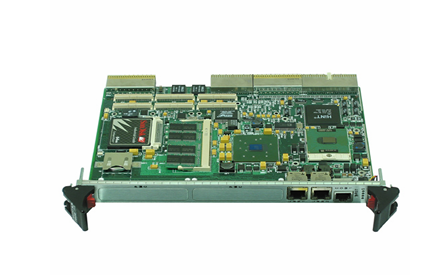



.jpg)
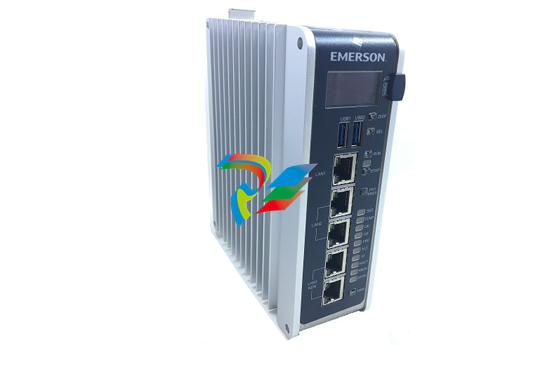
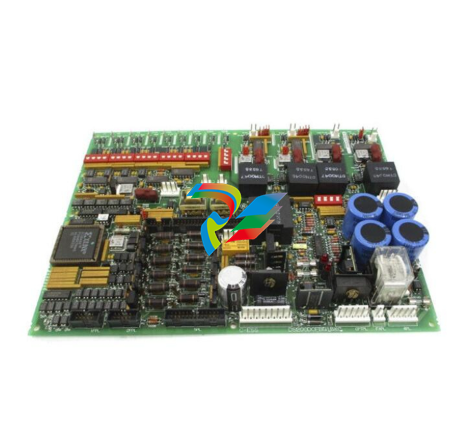
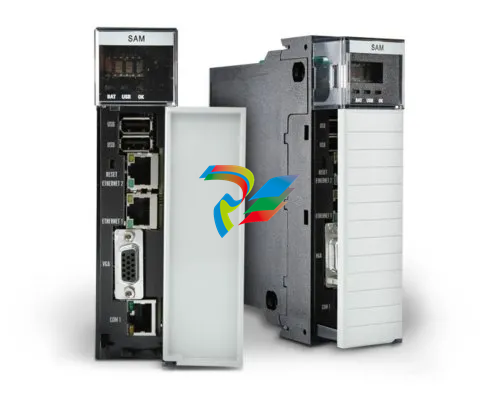
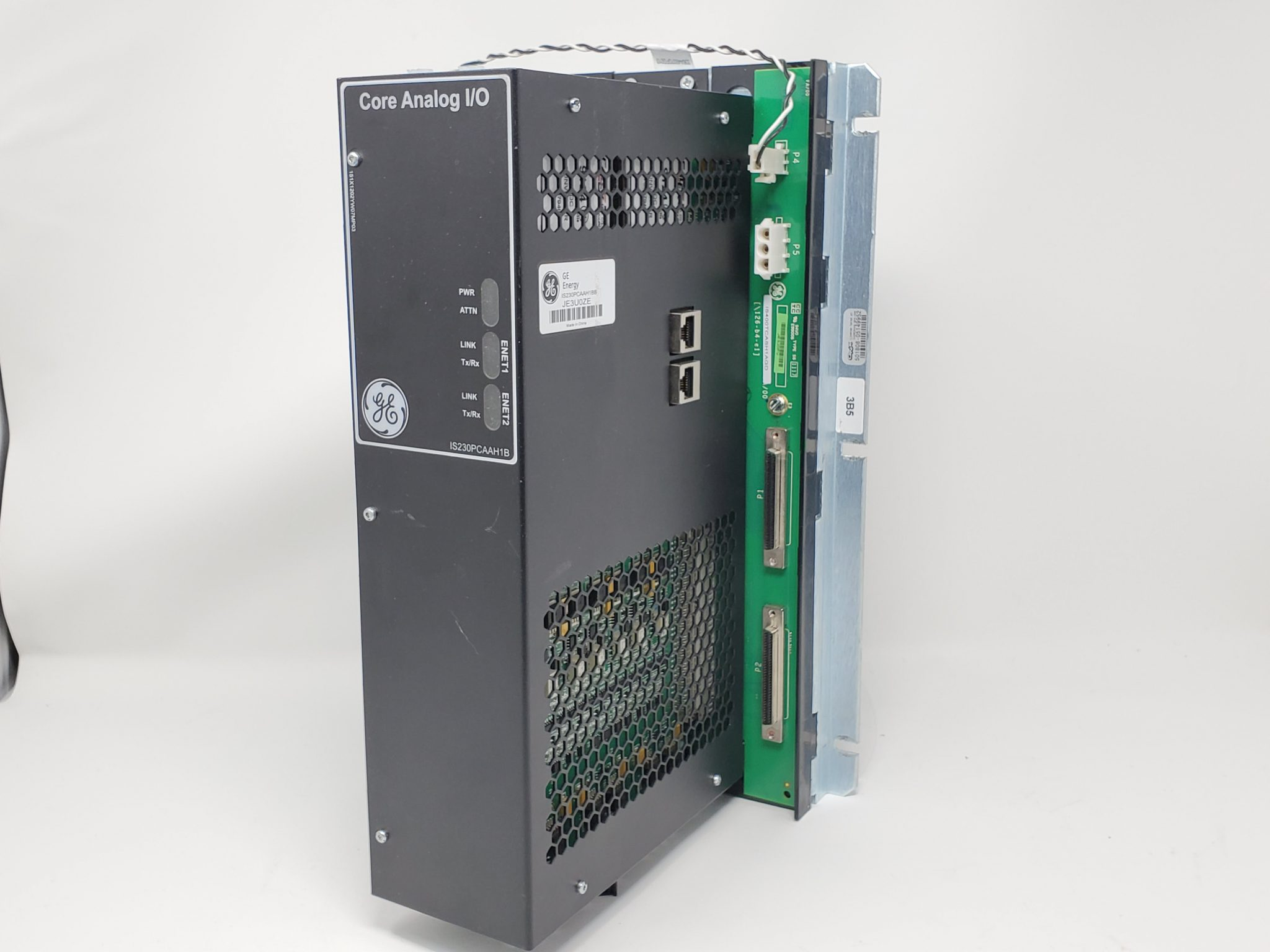






























































.jpg)
.jpg)





.jpg)



.png)
.jpg)

.jpg)
_lVjBYb.jpg)

.jpg)
.jpg)



.jpg)
.jpg)







.jpg)

.jpg)
.jpg)






